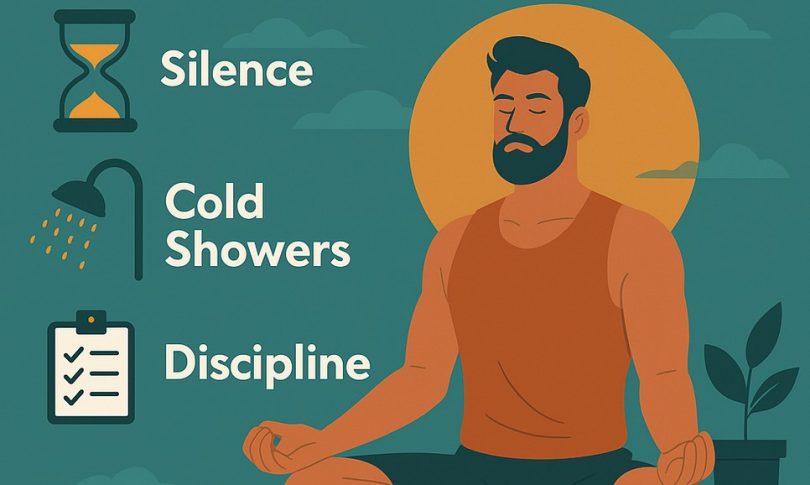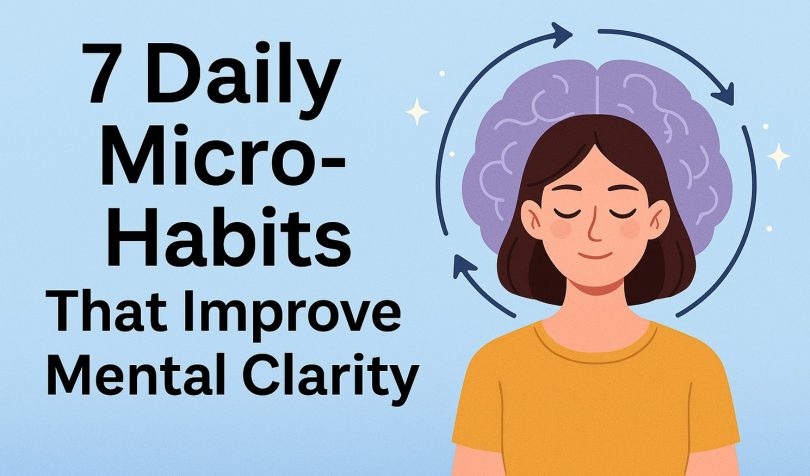Welcome to our comprehensive guide on Osho Meditation, where we delve into the origins, philosophy, techniques, benefits, and more surrounding this transformative practice. If you’ve ever wondered “what is Osho Meditation?” or wanted to explore its depths, you’re in the right place.
Table of Contents
- Introduction
- Origins and Philosophy of Osho Meditation
- Types of Osho Meditation Techniques
- Benefits of Osho Meditation
- How to Start Osho Meditation
- Common Misconceptions About Osho Meditation
Key Takeaways
- Explore the origins and philosophy behind Osho Meditation.
- Discover various techniques such as Dynamic, Kundalini, and Nadabrahma Meditation.
- Understand the multitude of benefits, including physical, mental, and spiritual well-being.
- Learn how to incorporate Osho Meditation into your daily routine.
- Address common misconceptions surrounding Osho Meditation.
Introduction to Osho Meditation
Osho Meditation is not merely a practice; it’s a journey towards self-discovery and inner peace. Originating from the teachings of the revered spiritual leader Osho, also known as Bhagwan Shree Rajneesh, Osho Meditation offers a path to transcendence and enlightenment in today’s fast-paced world.
Origins and Philosophy of Osho Meditation
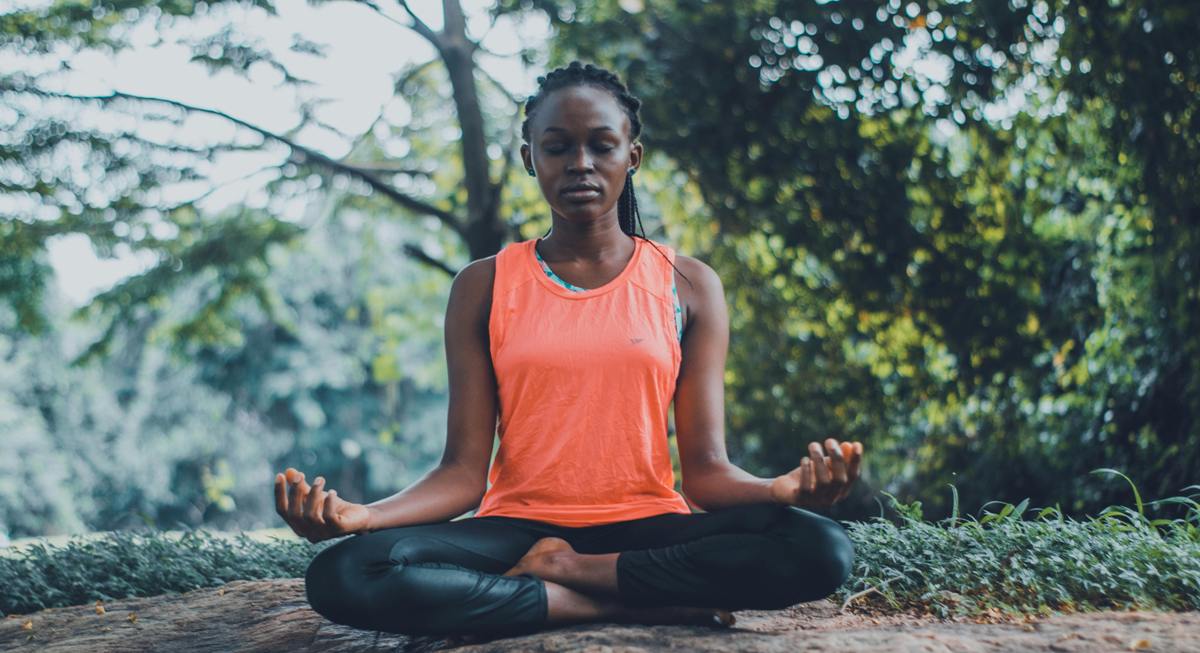
Osho Meditation traces its roots back to the profound wisdom of Osho, who emphasized the importance of meditation as a tool for personal growth and spiritual evolution. Born in India in 1931, Osho’s teachings blend Eastern spirituality with Western psychology, creating a unique approach to meditation that resonates with people worldwide.
Background of Osho
Osho, formerly known as Bhagwan Shree Rajneesh, was a spiritual teacher and mystic who gained international prominence in the 1970s and 1980s. His teachings encompassed a wide range of subjects, including meditation, mindfulness, and conscious living.
Evolution of Osho’s Meditation Techniques
Throughout his life, Osho developed a plethora of meditation techniques designed to address the diverse needs and aspirations of individuals seeking inner transformation. These techniques evolved from traditional Eastern practices but were adapted to suit the modern lifestyle.
Core Principles and Philosophy
Central to Osho’s philosophy is the idea of living in the present moment and embracing life’s experiences without judgment or attachment. Osho Meditation aims to facilitate this state of awareness and mindfulness, leading practitioners towards a deeper understanding of themselves and the universe.
Types of Osho Meditation Techniques
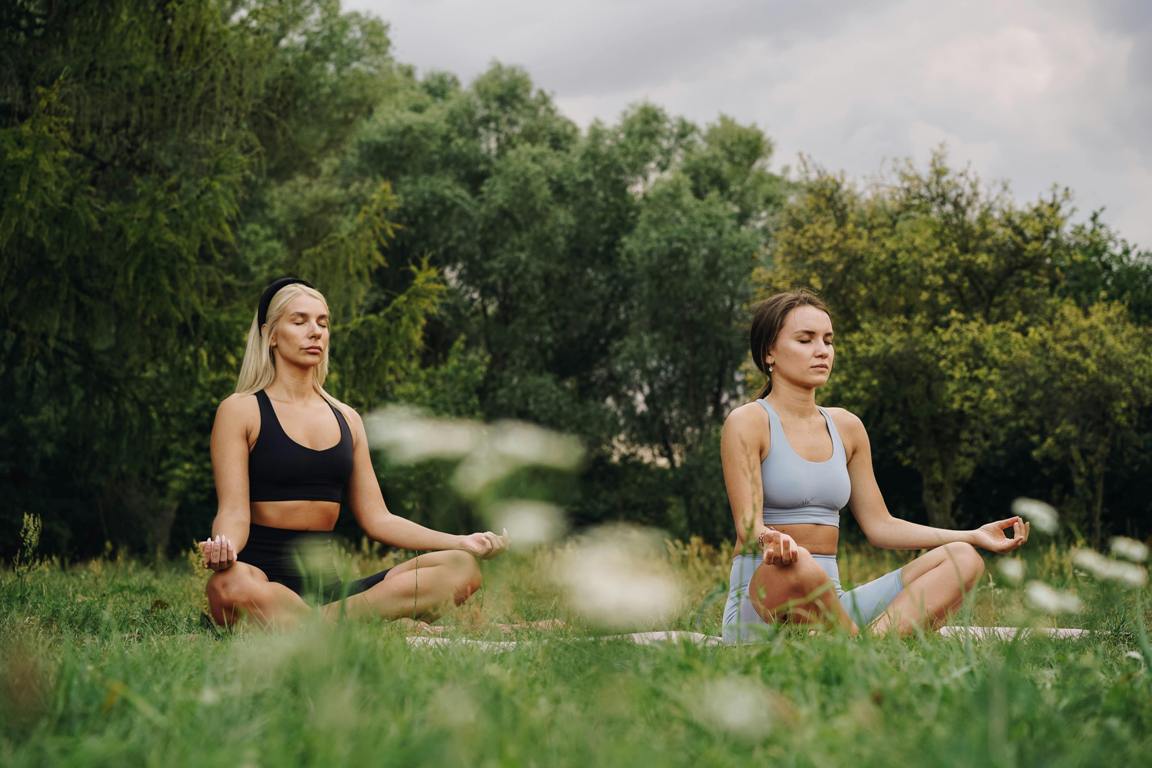
| Technique | Description | Benefits |
|---|---|---|
| Dynamic Meditation | Combines vigorous physical activity with deep relaxation and meditation. | Enhanced energy levels, stress relief, emotional catharsis. |
| Kundalini Meditation | Focused on awakening the dormant energy within the body through movement and stillness. | Heightened awareness, spiritual awakening, inner peace. |
Osho Meditation encompasses a variety of techniques, each tailored to suit different temperaments and preferences. Some of the most prominent techniques include:
Dynamic Meditation
Dynamic Meditation is a dynamic form of meditation that involves intense physical activity followed by moments of stillness and silence. It is designed to release pent-up energy and emotions, leading to a state of deep relaxation and clarity.
Kundalini Meditation
Kundalini Meditation focuses on awakening the dormant energy known as Kundalini, which resides at the base of the spine. Through a combination of movement, breathwork, and visualization, practitioners can activate this powerful energy, leading to spiritual awakening and inner transformation.

Benefits of Osho Meditation
Osho Meditation offers a multitude of benefits for the mind, body, and spirit. Here are some of the key benefits:
- Physical Benefits: Improved cardiovascular health, reduced stress levels, enhanced immune function.
- Mental and Emotional Well-being: Reduced anxiety and depression, increased clarity and focus, enhanced emotional resilience.
- Spiritual Growth: Heightened self-awareness, deeper connection with inner self, greater sense of purpose and fulfillment.
How to Start Osho Meditation
Embarking on the journey of *Osho Meditation* is simple yet profound. Here’s how you can get started:
- Find a Suitable Environment: Choose a quiet and peaceful space where you can practice without distractions.
- Select the Right Technique: Explore different *Osho Meditation* techniques and choose one that resonates with you.
- Incorporate Meditation into Daily Routine: Set aside dedicated time each day for meditation and make it a regular part of your routine.
Common Misconceptions About Osho Meditation
Despite its popularity, *Osho Meditation* is often surrounded by misconceptions and misunderstandings. Let’s address some of the common myths:
-
- Myth: *Osho Meditation* is only for spiritual seekers.
Reality: While *Osho Meditation* has roots in spirituality, it is accessible to people from all walks of life, regardless of their religious beliefs or spiritual inclinations. The practice focuses on inner exploration and self-awareness, making it beneficial for anyone seeking personal growth and development.
-
- Myth: *Osho Meditation* requires hours of sitting in silence.
Reality: While traditional meditation practices may involve extended periods of stillness, *Osho Meditation* encompasses a variety of dynamic techniques that incorporate movement, breathwork, and sound. These techniques cater to individuals with varying levels of physical fitness and preferences, making meditation accessible and enjoyable for everyone.
-
- Myth: *Osho Meditation* is a cult or religious sect.
Reality: *Osho Meditation* is not affiliated with any religious or cult-like organization. It is based on the teachings of Osho, a spiritual teacher who emphasized individual freedom, responsibility, and self-awareness. Practitioners are encouraged to explore and experience the teachings for themselves, free from dogma or external authority.
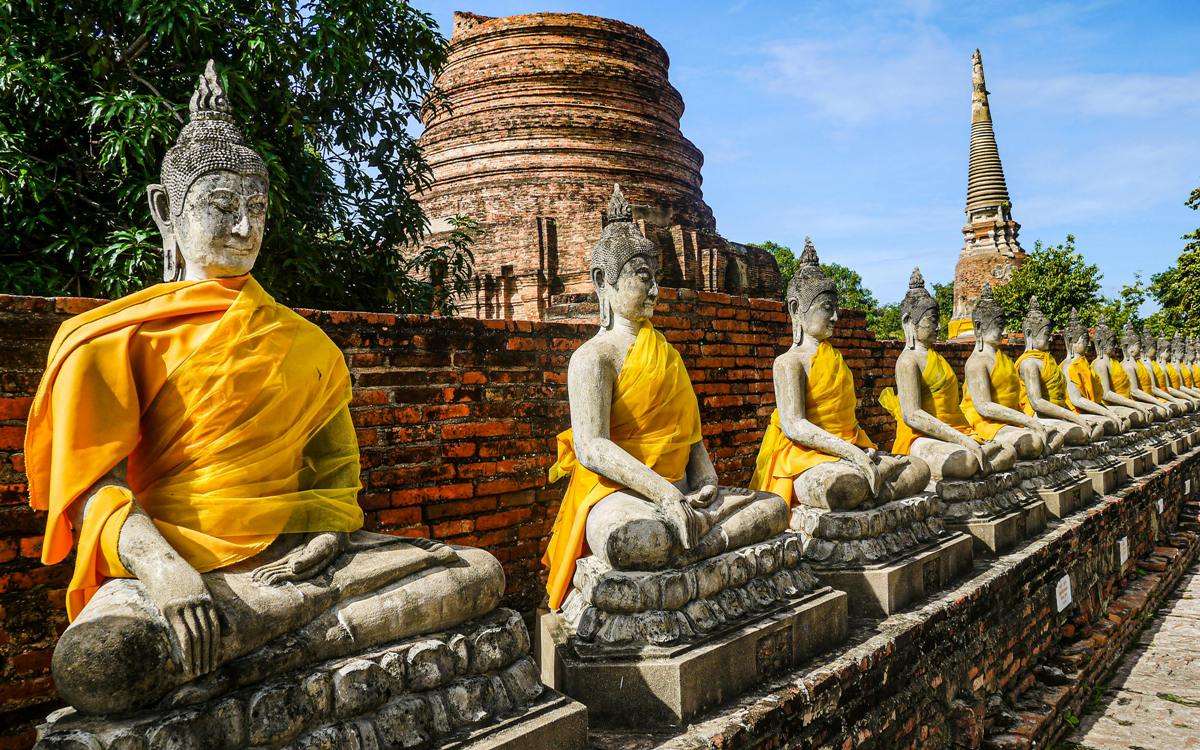
Frequently Asked Questions About Osho Meditation
Here are some common questions that people have about *Osho Meditation*:
What is the purpose of Osho Meditation?
*Osho Meditation* aims to facilitate self-awareness, inner peace, and spiritual growth. It provides practitioners with tools and techniques to explore their innermost being, leading to a deeper understanding of themselves and the world around them.
How is Osho Meditation different from other forms of meditation?
Unlike traditional meditation practices that focus solely on stillness and concentration, *Osho Meditation* encompasses a variety of dynamic techniques that incorporate movement, breathwork, and sound. This makes it accessible and enjoyable for people of all ages and fitness levels.
Can anyone practice Osho Meditation, regardless of their religious beliefs?
Absolutely! *Osho Meditation* is not tied to any specific religious or spiritual beliefs. It is a secular practice that welcomes individuals from all backgrounds and walks of life. Whether you’re religious, spiritual, or secular, you can benefit from the transformative power of *Osho Meditation*.
Are there any risks or side effects associated with Osho Meditation?
*Osho Meditation* is generally safe for most people. However, like any form of physical or mental activity, it’s essential to practice moderation and listen to your body. If you have any pre-existing medical conditions or concerns, consult with a healthcare professional before beginning a meditation practice.
What is the recommended duration and frequency of Osho Meditation sessions?
The duration and frequency of *Osho Meditation* sessions can vary depending on individual preferences and schedules. Some people may benefit from shorter, more frequent sessions, while others may prefer longer, less frequent sessions. It’s essential to find a rhythm that works for you and allows you to experience the full benefits of the practice.
How can one deepen their practice of Osho Meditation over time?
Deepening your practice of *Osho Meditation* involves regular commitment and exploration. Experiment with different techniques, attend workshops or retreats, and seek guidance from experienced practitioners or teachers. Remember that meditation is a journey, and each moment of practice brings new insights and growth.
Are there any specific resources or materials recommended for those interested in learning more about Osho Meditation?
There are plenty of resources available for those interested in delving deeper into *Osho Meditation*. Books, online courses, workshops, and meditation centers offer valuable insights and guidance. Explore different sources and find what resonates with you on your meditation journey.
Conclusion
*Osho Meditation* offers a profound path to self-discovery, inner peace, and spiritual growth. By exploring its origins, philosophy, techniques, benefits, and addressing common misconceptions, we hope to have provided you with a comprehensive understanding of this transformative practice. Whether you’re a beginner or seasoned practitioner, *Osho Meditation* invites you to embark on a journey of self-exploration and personal evolution.
Additional Resources
For further exploration and guidance on *Osho Meditation*, consider exploring the following resources:
- Books by Osho: Dive into Osho’s teachings and insights through his extensive collection of books.
- Online Courses: Enroll in online courses or workshops led by experienced *Osho Meditation* instructors.
- Meditation Centers: Visit meditation centers or communities that offer *Osho Meditation* sessions and retreats.
- Websites and Forums: Join online forums and communities dedicated to *Osho Meditation* to connect with like-minded individuals and share experiences.


